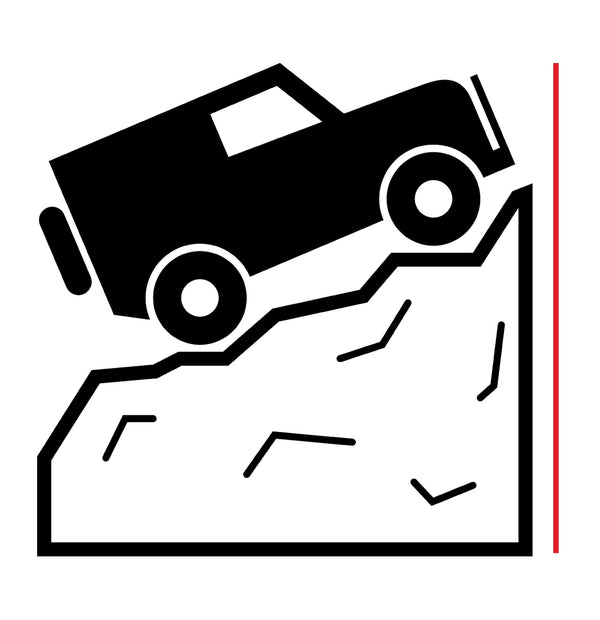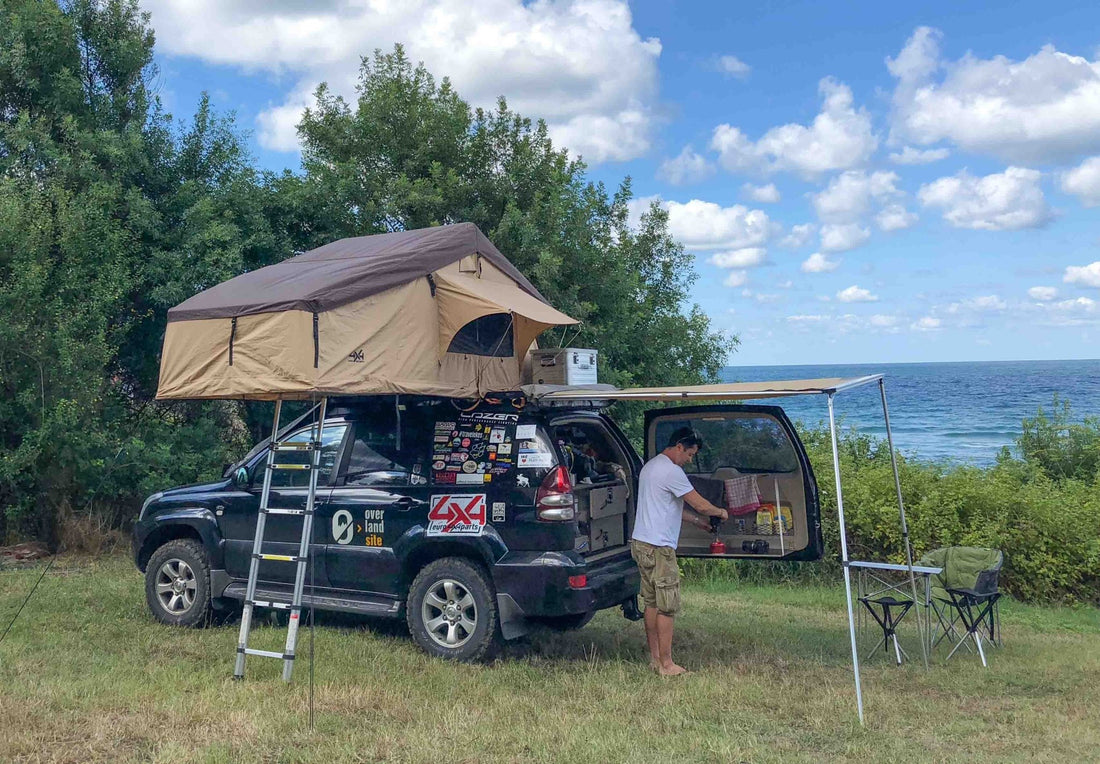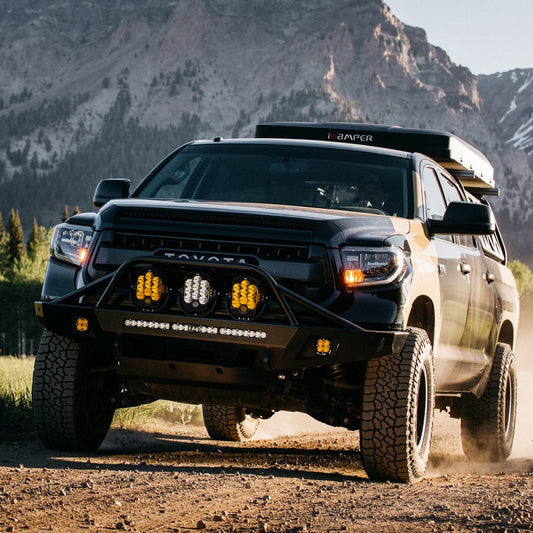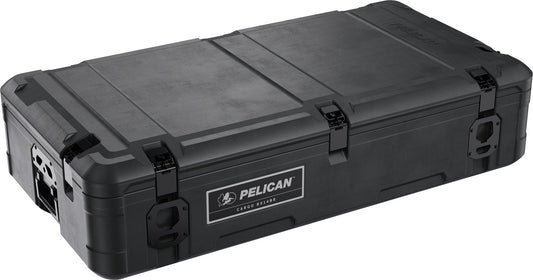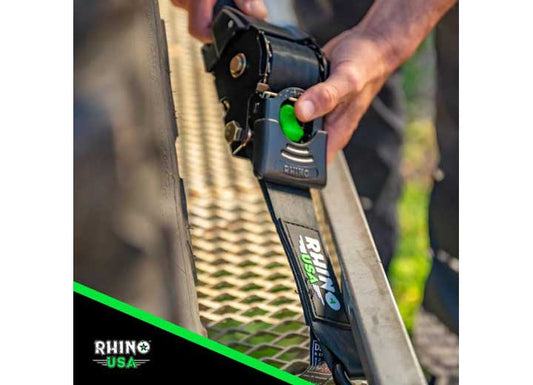When you’re setting off on an overland journey, the three major factors that will influence what you pack and how much, are
- the number of people,
- the distance, and
- the length of the trip.
You can pack all the gear and plan what kind of clothing you’ll need, but the trickiest part of your preparation will be the food: what will you bring, how much of it and how’re you going to store it during your journey.
Before Ferenc and I started our overland trip driving from Europe to Singapore, we agreed that he would be responsible for preparing all of our gear (including camping equipment, recovery gear, spare parts, etc.) and I would be taking care of planning and organizing all the food we’re taking.
What to bring on a long journey

Since it was going to be an extremely long trip, the idea was to stock up on rice, oatmeal, tin-food, as well as on ready meals that are usually taken by hikers and mountain climbers. A quick warm meal by the road is just better than eating sandwiches and sketchy road-side kebabs all the time.
On the other hand, we were going to need fresh food as well: meat, fruits, and vegetables. We both have milk with our coffee, so that was another perishable to think about when it came to logistics.
How to store food for months in your vehicle
In terms of storing supplies, we organized them in three main sections.
We had a Front Runner Wolf Pack for our rice, tortillas, coffee, vegetable oil and spices. The box kept everything nicely in order and it proved to be just the right size for us.
A cooler box was used to store our fruits and vegetables usually, but it also came in handy when we had an extra bottle of white wine to keep cool.
Something that you can’t leave without, our fridge-freezer was immensely useful to store the meat and milk that we always bought fresh in local stores and markets. The 40-qt Engel unit was also responsible to keep our beer cool at all times.
Preparing your meals

On our trip, we had a small, backpacker style one-burner gas cooker, as well as a two-burner gas stove with us.
We used the small one for quick light meals, making coffee, warming up ready-meals. We usually ate porridge in the morning so the small one-burner made it very easy just to quickly boil some water both for the porridge and our coffee.
Occasionally, however, we made scrambled or fried eggs in the morning - in these cases we did use the larger two-burner stove. Although, the purpose of this stove was mainly to use it when we properly set up camp in the late afternoons, got our chairs out, opened a bottle of wine and just made some nice burritos. If you have everything nicely organized in your camp kitchen, it can be very comfortable and easy to cook a nice dinner and have a relaxing evening.
Summary

To sum up, planning your food for an overland journey is not an easy task, especially if you’re going to places with an extremely hot climate.
It’s very important to keep food organized and perhaps even plan meals ahead for a few days. That will help you do your grocery shopping on the road and will save you a lot of time as well.
For more info from Ferenc and Evelin's on food storage for overland travels, click here:
https://overlandsite.
